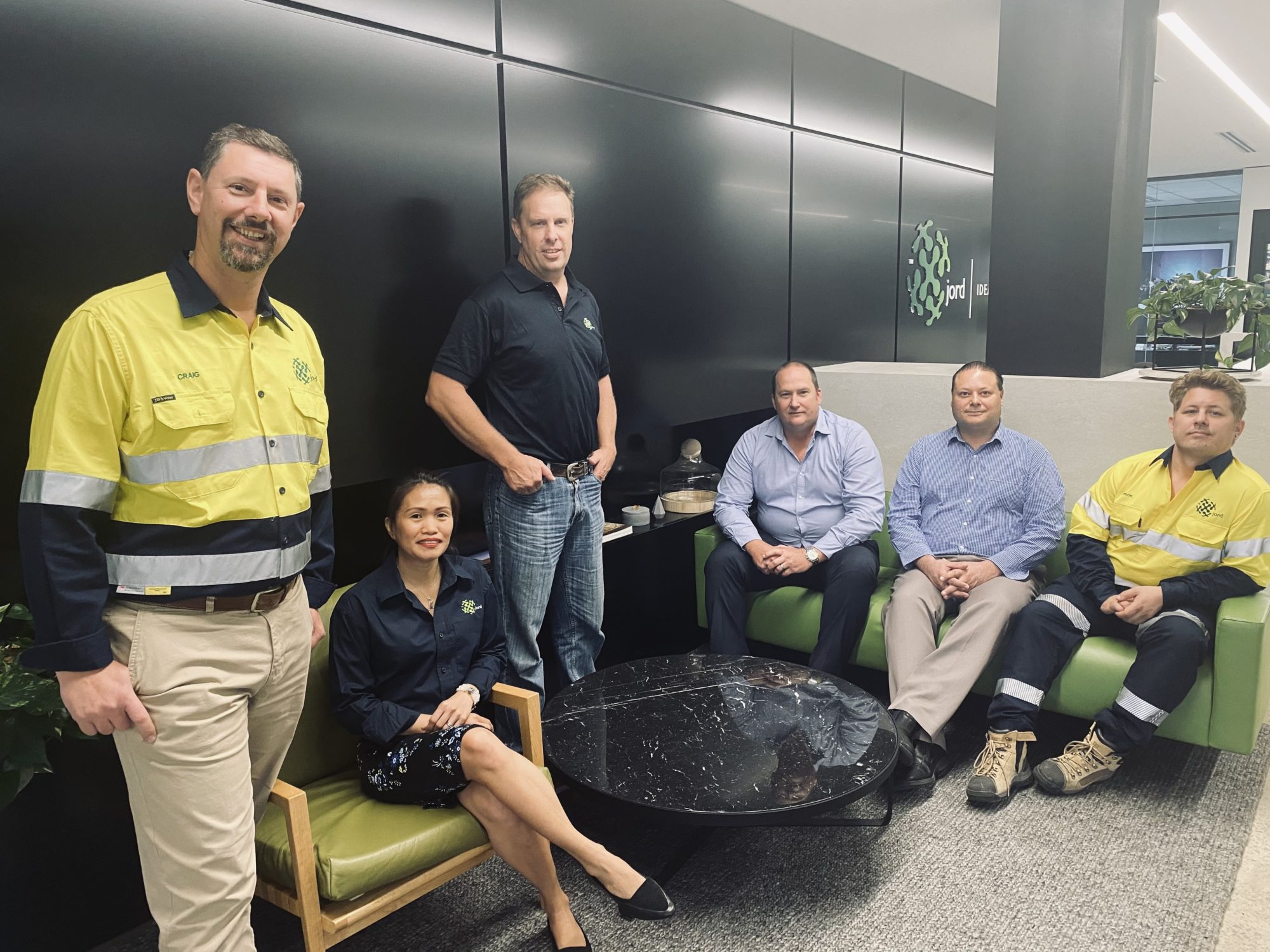Jord International has recently taken up a challenge from BHP to come up with a safer solution to filter press maintenance at the Caval Ridge metallurgical coal mine, in Queensland, Australia, as part of the New South Wales-based company’s expanding remit to unlock new technologies for the wider mining industry.
The plant and systems designer, developer and service provider was awarded the project, part of BHP’s Supplier Innovation Program challenge, earlier this year. It has seen Jord design and construct the first concept prototype in tandem with the maintenance team at the mine.
The prototype comprised a belt cartridge installer within a self-contained steel frame that holds a new belt and removes the old, damaged belt. The first commercial belt installer is expected to be in use by July, according to BMA.
Craig Samuel, Jord’s Mechanical Engineer for Aftermarket and Reliability, said the filters the company worked with at BMA Caval Ridge are 3 m wide x 5 m long, with the product path through the filter around 14 m long. While the solution was designed for Caval Ridge specifically, he said it could have applications on any site or with any commodity using filter presses.
“The idea came from the understanding of how the filter belts are installed, and a cartridge-style installer just made sense considering Caval Ridge has a readily available crane to move the cartridge around,” Samuel told IM. “The mechanics of the installer required some out-of-the-box ideas to develop a continuously variable speed ratio between the new belt roll and the old belt roll.”
Samuel said he expected the belt change time to be cut in half with this new solution.
Jord has already applied for another BHP Supplier Innovation Program challenge that could leverage a dust management and cleaning innovation, but the company has also been investing in research and development to commercialise new minerals beneficiation technologies for more efficient and effective liberation of ore, according to Kevin Barber, Jord’s General Manager of Resources.
“Our goal is to unlock new technologies that provide step-change improvements to current processes in the industry,” he said of these new technologies. “It’s about using less energy, using less water and removing some of the environmental challenges with particular focus on tailings. We’re finding alternative ways of dealing with problematic ores and resources.”











